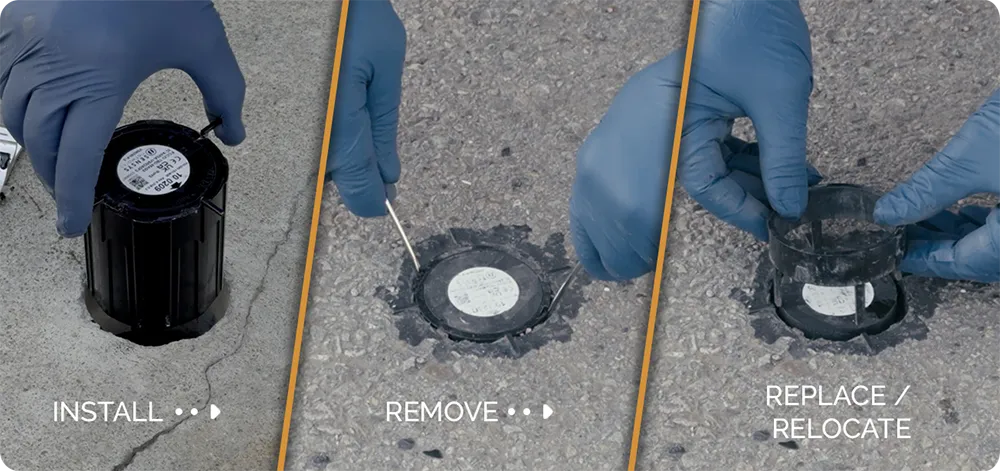After several years’ experience of loop detector failures, primarily identified as being caused by damage from roadworks or degradation of aging road surfaces, Aberdeen City Council opted to use the Golden River M100 wireless detection system from Clearview Traffic. Each compact M100 sensor is typically installed in the middle of a traffic lane where it detects the presence and passage of vehicles and communicates this information wirelessly to the traffic signal controller via an access point and contact c
February 26, 2013
Read time: 2 mins
After several years’ experience of loop detector failures, primarily identified as being caused by damage from roadworks or degradation of aging road surfaces, Aberdeen City Council opted to use the 2057 Golden River M100 wireless detection system from 557 Clearview Traffic.
Each compact M100 sensor is typically installed in the middle of a traffic lane where it detects the presence and passage of vehicles and communicates this information wirelessly to the traffic signal controller via an access point and contact closure card. According to Clearview Traffic, to date, the M100 system is still the only solution compatible with all major traffic signal controllers and is fully TR2512A Type Approved.
The council’s first deployed M100 systems on eight junctions across Aberdeen in 2011. According to Clearview Traffic, these have proved to be both accurate and reliable, leading to the system being rolled out across a further thirty junctions in and around the Aberdeen area, enabling the council to eliminate the maintenance cost burden and road user disruption associated with regular replacement or repair of traditional loop based detection.
Neale Burrows, technical officer of Aberdeen City Council’s intelligent transport systems unit says, “The installation of the M100 sensor is much quicker than cutting new loops, which is important to us given the high profile and busy urban locations of the junctions involved. Traffic disruption is minimal and traffic management costs and duration are significantly reduced. The simple installation of the M100 sensors allows us to use in-house personnel, making the programme of works simpler and more cost effective as several junctions can be done in one day.”
Each compact M100 sensor is typically installed in the middle of a traffic lane where it detects the presence and passage of vehicles and communicates this information wirelessly to the traffic signal controller via an access point and contact closure card. According to Clearview Traffic, to date, the M100 system is still the only solution compatible with all major traffic signal controllers and is fully TR2512A Type Approved.
The council’s first deployed M100 systems on eight junctions across Aberdeen in 2011. According to Clearview Traffic, these have proved to be both accurate and reliable, leading to the system being rolled out across a further thirty junctions in and around the Aberdeen area, enabling the council to eliminate the maintenance cost burden and road user disruption associated with regular replacement or repair of traditional loop based detection.
Neale Burrows, technical officer of Aberdeen City Council’s intelligent transport systems unit says, “The installation of the M100 sensor is much quicker than cutting new loops, which is important to us given the high profile and busy urban locations of the junctions involved. Traffic disruption is minimal and traffic management costs and duration are significantly reduced. The simple installation of the M100 sensors allows us to use in-house personnel, making the programme of works simpler and more cost effective as several junctions can be done in one day.”










